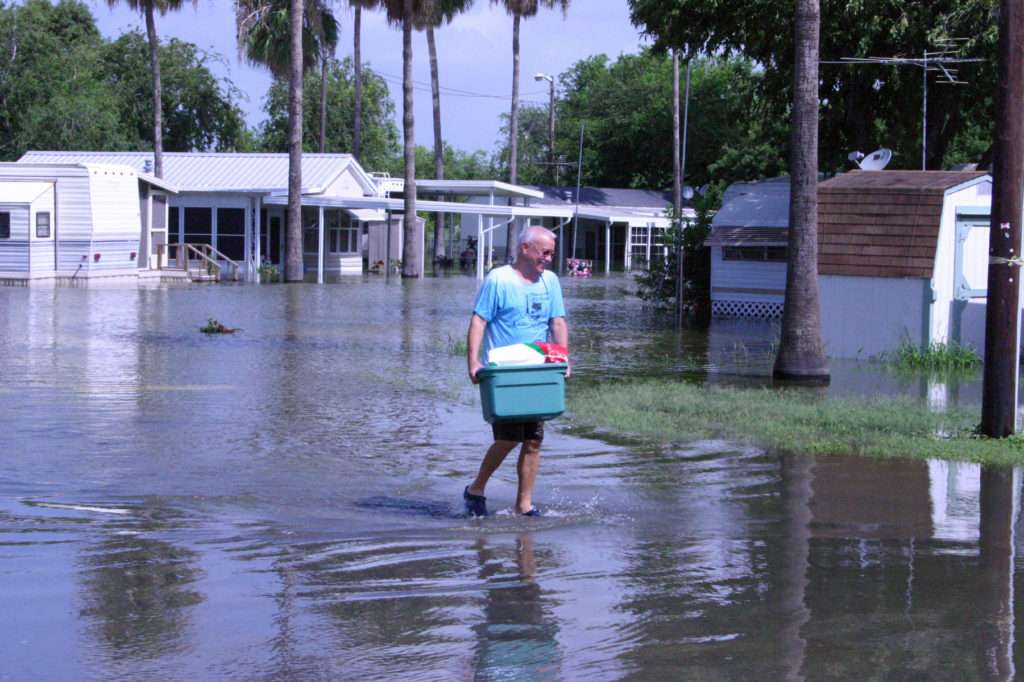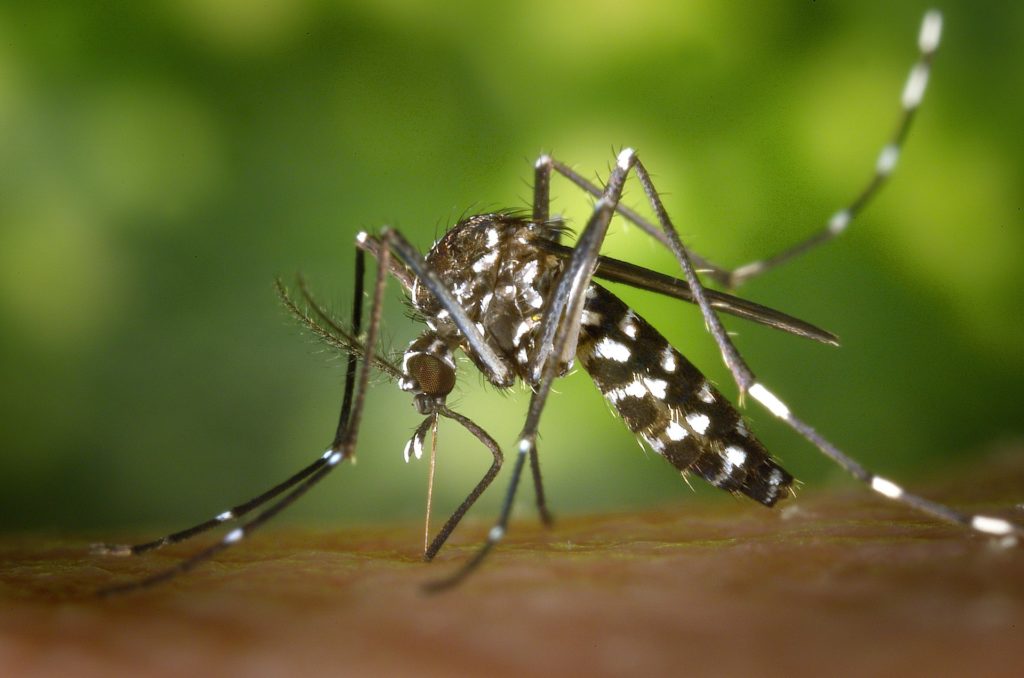AgriLife Extension offers useful, practical flood recovery information
Materials address clean-up, dry-out, mold, mosquitoes and more
After a flood, there are a number of things you can do to protect your family’s health and well-being and restore your property, according to Texas A&M AgriLife Extension Service experts.

Joyce Cavanagh, Ph.D., AgriLife Extension specialist in family development and resource management, Bryan-College Station, said the Texas Extension Disaster Education Network, Texas EDEN, provides a range of information on how to recover from flooding.
Information available from the EDEN site includes advice and guidance on cleaning and drying flood-damaged homes, emergency food and water supplies, post-flooding safety precautions and other topics.
“The site also has instructional videos on flood recovery,” Cavanagh said.
Additional information is available at AgriLife Learn. This site contains many free materials to download and print, including flood recovery safety tips, controlling mold, basic first aid, caring for important papers and post-disaster considerations for older adults.
Safety top priority in flooded area
Monty Dozier, Ph.D., director of AgriLife Extension’s Disaster Assistance and Recovery Program, Bryan-College Station, said safety is paramount when returning to areas affected by flooding.
“Listen to local news or a NOAA Weather Radio for updated information and don’t return home until authorities say it’s safe,” Dozier said. “Be mindful that snakes and harmful insects may have sought refuge in and around your home. If you are re-entering your home or business, it’s best to wear protective clothing, including a hat or cap, long sleeves, long pants, rubber gloves and boots.”
He also recommended throwing out items that can’t be cleaned or disinfected, including rugs, carpeting, mattresses, cushions and pillows.
“Those returning should also be wary of possible structural or electrical damage and damage to gas lines, as well as potential contamination from floodwater,” he said. “If any appliances were flooded, don’t use them until they’ve been checked to make sure they’re safe.”
He also recommended taking pictures or video — inside and out — of the damage to the home and its contents for insurance purposes.
“Unfortunately, most insurance companies will not pay for additional damage done after a disaster, so homeowners are responsible for making temporary repairs to keep further damage from occurring,” Dozier said.
Dry your home
Dozier noted mold is another potential health hazard related to flooding.

“There are steps you can take to prevent mold growth,” he said. “These include disposing of waterlogged, unsalvageable items, cleaning and drying salvageable wet items as soon as possible, and keeping wet areas well ventilated. You can use air conditioning and fans to help dry out damp items. And if you see or smell mold, clean the area with a solution of 1 cup household liquid bleach to 1 gallon of water as a short-term remediation.”
The key to preventing mold growth is to clean, disinfect and dry out the damaged area. If the problem persists, contact a respectable service that specializes in mold remediation. Businesses offering mold services must be licensed and/or registered with the state of Texas.
Taking early steps to dry the home can also help reduce hazards and the damage they cause, Dozier said.
“Open flooded walls, even if they appear undamaged, and remove water from the home as soon as possible,” he said. “Ventilate the house by opening doors and windows and facilitate the drying by using dehumidifiers and fans.
“Cross-ventilate by placing a fan in a window or on the floor. Discard any flooded drywall or wet, fibrous insulation. And leave walls open until they have thoroughly dried. Drying time could be a few weeks to a month, depending on weather conditions, moisture content and other variables.”
When in doubt, throw it out
Cavanagh suggested disposing of any food or medicine that has been or may have been in contact with floodwaters or mud.
She added homeowners also should not take a chance with potentially contaminated water.
“Don’t drink the water in or near an area that you know to have been flooded,“ she said. “Flooding can easily contaminate potable water sources, so it’s best to drink bottled water or water from a source you know to be safe until your regular water supply has been tested and deemed safe.”
“You’ll also want to have any damages to sewage systems repaired as soon as possible to avoid further risk to your or your family’s health,” Cavanagh said.
Post-flood mosquito propagation
Dozier also noted mosquito populations often explode after a flood, and the diseases they carry constitute yet another health risk.
“Dump or drain water to eliminate egg-laying sites, eliminating any place where water can collect and be retained, especially if there’s organic matter such as soil or leaves,” he said. “If the water can’t be dumped or drained, use a larvicide.”
He noted a fogger may also be useful for temporary relief, but it’s best to apply a DEET-based repellent.
“If you are wearing long sleeves, long pants and protective coverings for personal safety while you are removing debris and drying and cleaning your home, these will also help shield you from mosquitoes,” he said.
Dozier said flood recovery can be a slow and frustrating process that requires a great deal of patience and perseverance.
“It’s also extremely important that people affected by flooding remember to take some time to take care of themselves as well as their property,” he said.







